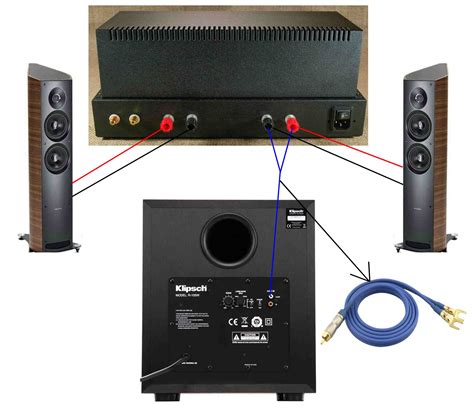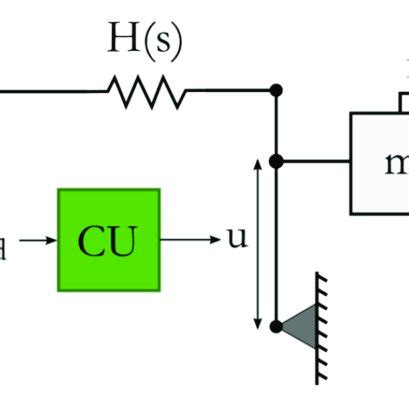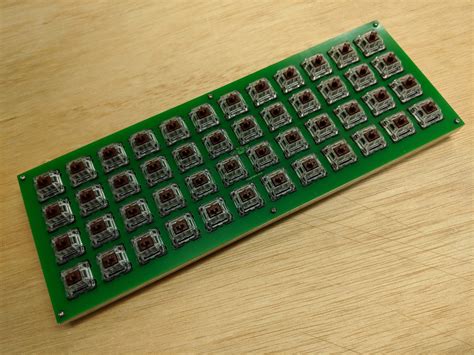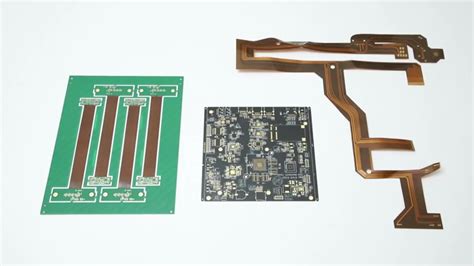
Blog
-
 Read more: Subwoofer Amplifier Circuit: All-Inclusive Way to Better Sound Quality
Read more: Subwoofer Amplifier Circuit: All-Inclusive Way to Better Sound QualityWhat is a Subwoofer Amplifier Circuit? A subwoofer amplifier circuit is a dedicated electronic circuit designed to amplify low-frequency audio signals, typically in the range of 20 Hz to 200 Hz. Its primary purpose is to drive a subwoofer speaker, which reproduces the deep bass sounds in music, movies, and […]
-
 Read more: 7815 voltage regulator: Detailed Guide on How to Use it And More!
Read more: 7815 voltage regulator: Detailed Guide on How to Use it And More!What is a 7815 Voltage Regulator? The 7815 is a popular linear voltage regulator IC that provides a fixed +15V DC output voltage from a higher DC input voltage. It is part of the 78xx family of fixed linear voltage regulator ICs. The 7815 is commonly used to regulate and […]
-
 Read more: X Rated Capacitor: How to Use One in a Transformerless Power Supply
Read more: X Rated Capacitor: How to Use One in a Transformerless Power SupplyWhat is an X Rated Capacitor? An X-rated capacitor, also known as a line-Filter capacitor or across-the-line capacitor, is a type of capacitor specifically designed and rated for use in power supply line filtering applications. These capacitors are meant to be connected directly across the AC mains power line to […]
-
Flex PCB Material and Layer Stackup
Posted by
–
 Read more: Flex PCB Material and Layer Stackup
Read more: Flex PCB Material and Layer StackupUnderstanding Flex PCB Materials The choice of materials for a flex PCB is critical, as they directly impact the board’s electrical, mechanical, and thermal properties. Some of the most commonly used materials in flex PCB manufacturing include: Polyimide (PI) Polyimide is the most widely used substrate material for flex PCBs […]
-
 Read more: Rigid-Flex PCB Manufacturing Process and Applications
Read more: Rigid-Flex PCB Manufacturing Process and ApplicationsWhat is a Rigid-Flex PCB? A rigid-flex PCB (printed circuit board) is a hybrid board that combines rigid and flexible substrates into a single interconnect structure. It consists of multiple layers of flexible PCB substrate integrated with rigid PCB layers. This unique configuration allows the board to be bent and […]
-
 Read more: 10 Ways to Avoid Signal Integrity problems by Impedance Control
Read more: 10 Ways to Avoid Signal Integrity problems by Impedance ControlIntroduction to Impedance Control Impedance control is a crucial aspect of designing and manufacturing high-speed electronic systems. It involves managing the impedance of transmission lines to ensure signal integrity and minimize signal distortion, reflections, and crosstalk. Proper impedance control is essential for maintaining signal quality, reducing electromagnetic interference (EMI), and […]
-
 Read more: USB PCB: The Core of Any Serial USB Interface Device
Read more: USB PCB: The Core of Any Serial USB Interface DeviceIntroduction to USB PCBs A USB PCB, or Universal Serial Bus Printed Circuit Board, is the core component that enables communication and power transfer between a USB host and peripheral device. USB has become the most widely used serial interface standard for connecting computers to external devices. Virtually every electronic […]
-
FLEXIBLE PCB MANUFACTURING PROCESS
Posted by
–
 Read more: FLEXIBLE PCB MANUFACTURING PROCESS
Read more: FLEXIBLE PCB MANUFACTURING PROCESSWhat is a Flex PCB? A flex PCB, also known as a flexible printed circuit board, is a type of PCB that consists of a thin, flexible substrate made of polymeric materials such as polyimide or polyester. Unlike traditional rigid PCBs, flex PCBs can bend, twist, and conform to various […]
-
 Read more: 8 Technical Tips for Designing Performance-Driven Rogers PCB
Read more: 8 Technical Tips for Designing Performance-Driven Rogers PCBUnderstanding the Properties of Rogers PCB Materials Before delving into the design tips, it’s crucial to understand the unique properties of Rogers PCB materials. Rogers offers a range of high-frequency laminates, such as RT/duroid®, RO4000®, and RO3000® series, each with specific characteristics suitable for different applications. These materials exhibit low […]
-
Guide to Create A PCB with KiCad
Posted by
–
 Read more: Guide to Create A PCB with KiCad
Read more: Guide to Create A PCB with KiCadIntroduction to PCB Design and KiCad Printed Circuit Boards (PCBs) are the backbone of modern electronics. They provide a stable and efficient way to connect electronic components and create complex circuits. Designing a PCB can be a daunting task, especially for beginners. However, with the right tools and guidance, anyone […]




